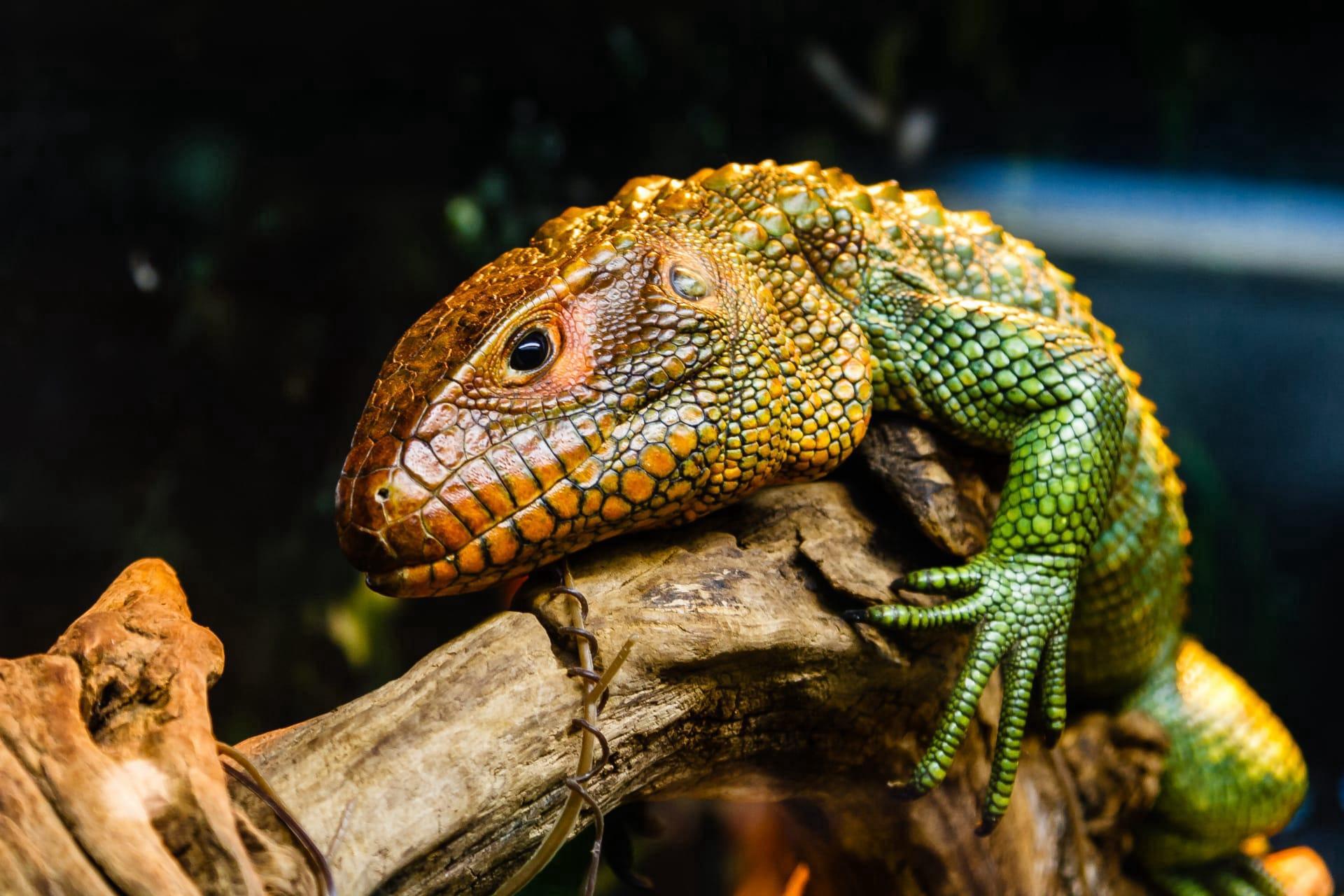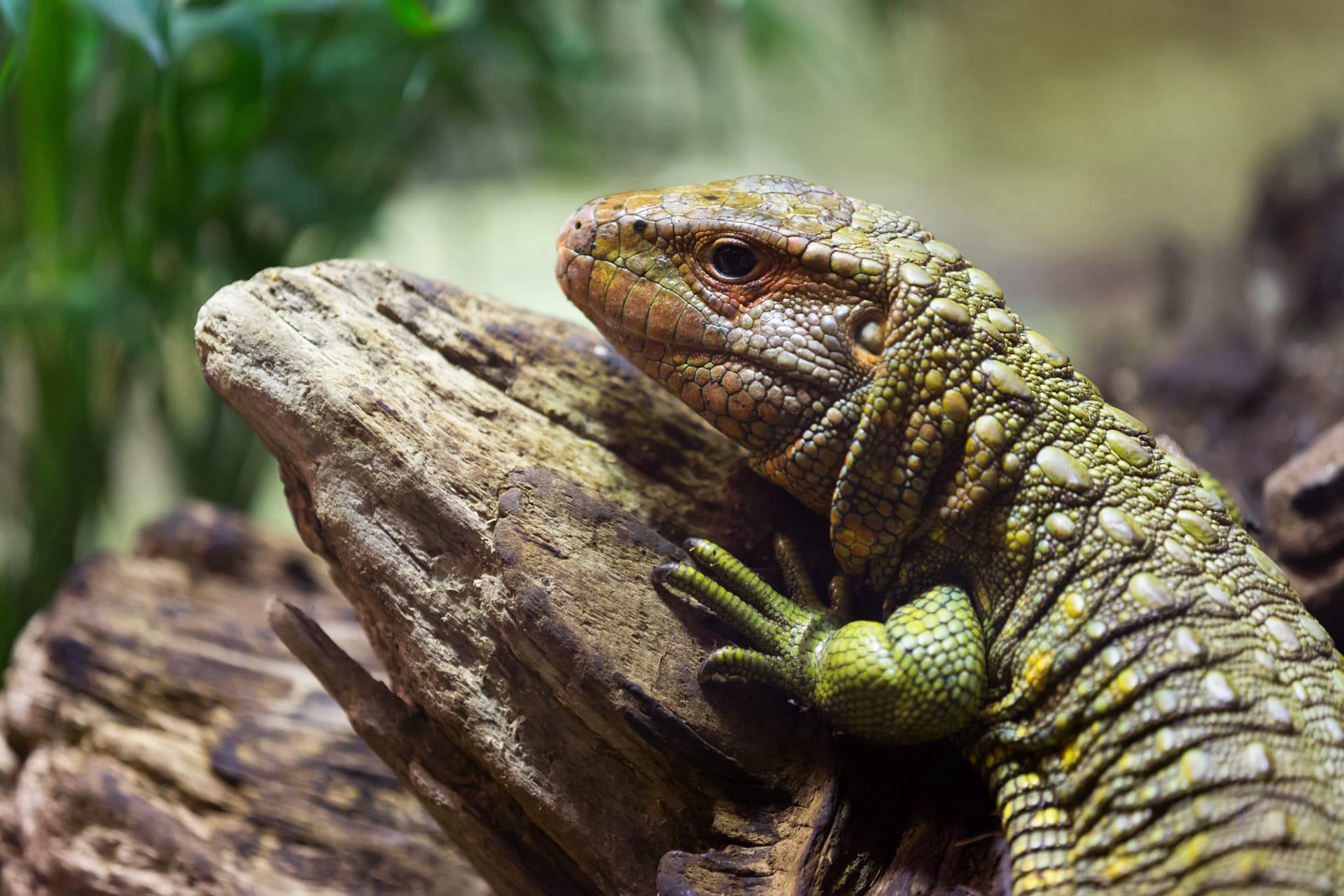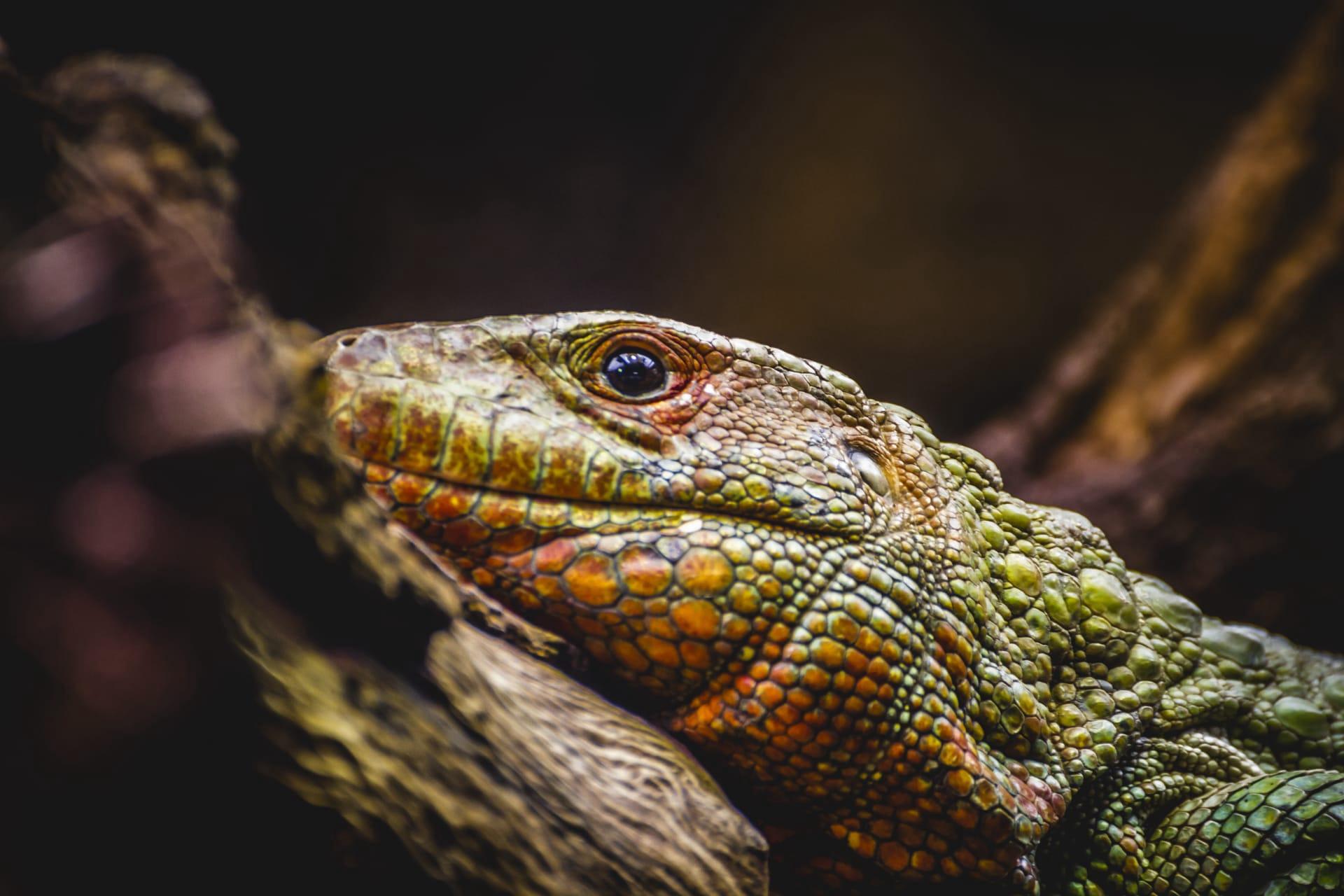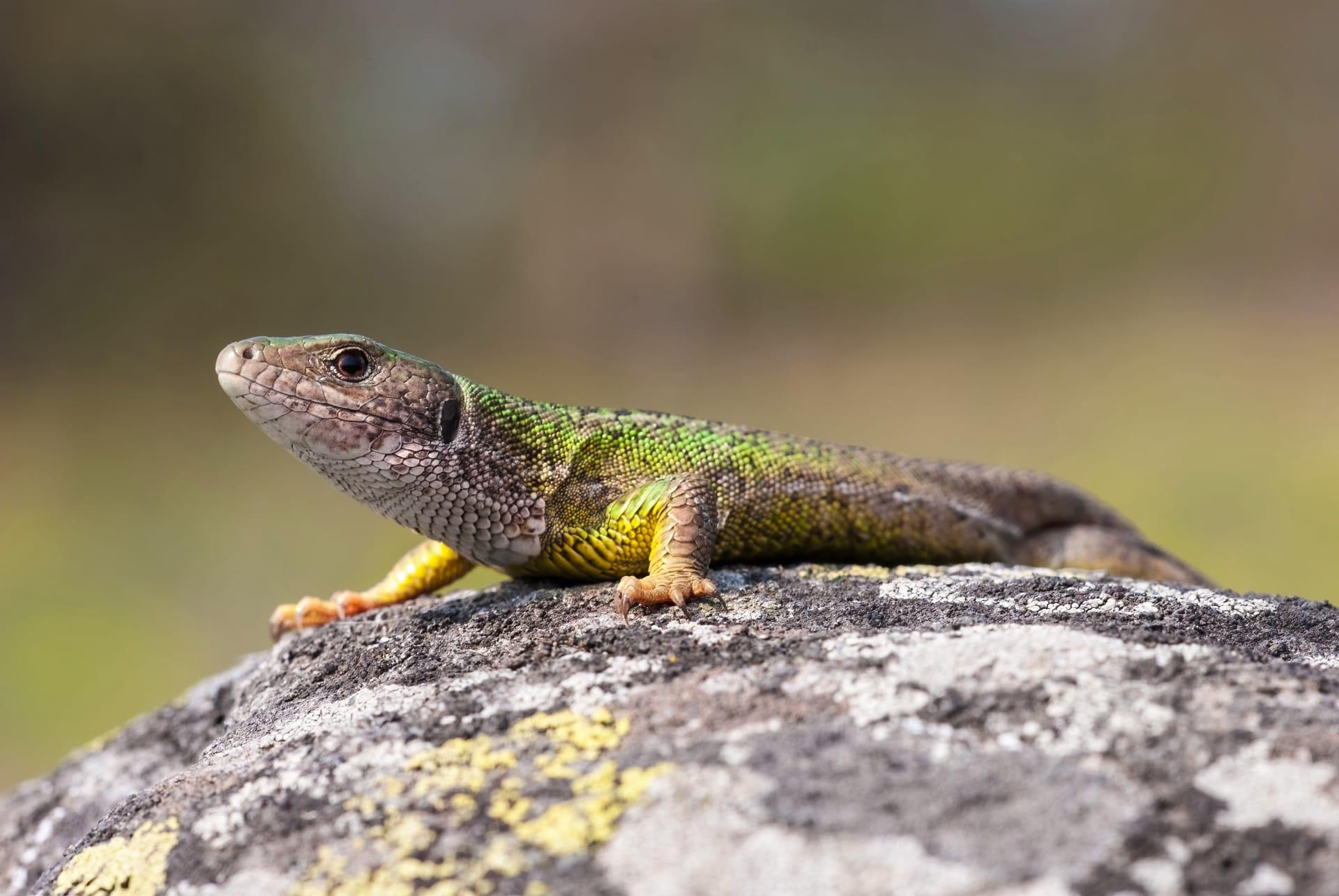Caiman Characteristics
- Home /
- Mini Encyclopedia /
- Animal /
- Caiman Characteristics
1
Caimans, a group of alligatorid crocodylians, are fascinating creatures known for their distinct physical features. Adult caimans typically range in size from 5 to 15 feet in length, depending on the species. The black caiman, the largest species, can reach up to 15 feet, while others, like the Cuvier's dwarf caiman, are smaller, averaging around 5 feet. These reptiles have a lifespan that varies significantly by species. In the wild, caimans can live anywhere from 30 to 40 years, with some species even reaching up to 60 years in captivity. One remarkable physical feature of caimans is their tough, bony scales, which provide excellent protection against predators and environmental hazards.
One of the most distinctive organs of the caiman is its eyes, equipped with a specialized reflective layer called the tapetum lucidum. This layer, located behind the retina, enhances vision in low light conditions, making caimans exceptional nocturnal hunters. The tapetum lucidum reflects light back through the retina, increasing the amount of light available to the photoreceptors. This adaptation is particularly useful in their murky aquatic habitats, allowing them to detect prey and predators more effectively at night.

2
Question: What do caimans eat, and how do they hunt?
Answer: Caimans are opportunistic predators and have a diverse diet, primarily consisting of fish, birds, small mammals, and occasionally other reptiles. Hunting methods vary among species, but generally, caimans use a stealth approach. They lie in wait, partially submerged in water, to ambush their prey. Their powerful jaws play a crucial role, snapping shut with incredible force to capture the prey. The diet of a caiman can vary based on its size, age, and habitat. Larger species like the black caiman may tackle bigger prey, including capybaras and even other caimans.

3
Caimans exhibit intriguing locomotive characteristics. On land, they move with a surprising agility for their size, capable of quick bursts of speed over short distances. However, they are most adept in the water, where they use their powerful tails for propulsion, achieving impressive agility and speed. This aquatic proficiency is essential for hunting and escaping threats. Their webbed feet also aid in navigating through watery environments.
In terms of hunting, caimans rely heavily on their keen senses, especially sight and hearing, to locate prey. Once a potential meal is spotted, they can strike with lightning speed, using their muscular tails and strong limbs to launch an attack. Their conical teeth are designed to grip and hold onto slippery prey like fish. After capturing their prey, caimans often perform a 'death roll' – a spinning maneuver used to disorient and subdue their catch.

4
Caimans inhabit a variety of freshwater environments across Central and South America, including rivers, lakes, marshes, and flooded savannas. They are adaptable and can thrive in different water bodies, from slow-moving rivers and streams to fast-flowing waters. The ideal habitat for caimans includes ample aquatic vegetation and access to basking sites, necessary for thermoregulation.
Reproduction in caimans involves distinct behaviors and characteristics. Females build nests using vegetation, mud, and other materials, where they lay their eggs. The number of eggs varies by species, with some laying around 10 to 50 eggs. Temperature plays a crucial role in determining the sex of the hatchlings – a phenomenon known as temperature-dependent sex determination. After an incubation period of about 6 to 10 weeks, the eggs hatch, and the young caimans are born. The mother often guards the nest and assists the hatchlings to water, showing a level of parental care uncommon in reptiles.

5
Book: "The Secret Life of Caimans" by Dr. Johnathan Rivers, published in the United States in 2010, is an insightful exploration into the world of caimans. Rivers, a renowned herpetologist, delves into their behavior, physiology, and ecological impact. The book is praised for its comprehensive coverage and engaging narrative that brings these fascinating reptiles to life for readers.
Book: "Caimans: Masters of the River" by Maria Gonzalez, released in 2015 in the United Kingdom, offers a compelling look at the role of caimans in river ecosystems. Gonzalez, a wildlife biologist, combines scientific research with field observations to present a detailed account of caiman habits, conservation issues, and their interactions with other riverine species. This book is noted for its vivid descriptions and contribution to understanding the ecological significance of caimans.